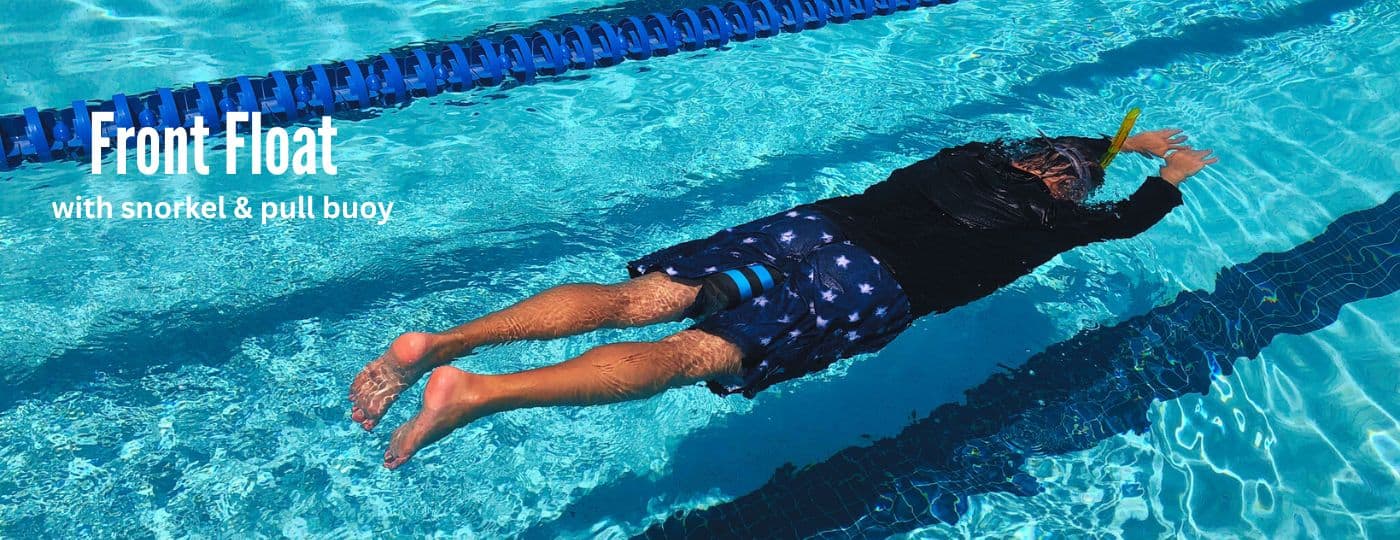Developing Balance: Floating and Suspension Work
Balance is one of the most fundamental yet overlooked aspects of physical fitness. While many focus on strength or endurance training, balance training—especially in water—offers unique benefits that can enhance overall performance and reduce injury risk. The aquatic environment provides an ideal medium for developing balance through floating techniques and suspension exercises that simply aren’t possible on land.
The Science Behind Aquatic Balance Training
Water’s buoyancy creates an environment where gravity’s effects are reduced, allowing for movements that would be difficult or impossible on land. When immersed in water, the body experiences hydrostatic pressure from all directions, which provides constant feedback to your proprioceptive system—the internal sense that tells you where your body is in space.
This unique combination of reduced gravity and omnidirectional resistance makes water an ideal environment for balance training. As you move through water, the fluid dynamics create irregular resistance patterns that force your stabilizing muscles to constantly adjust, strengthening your neuromuscular connections and improving your balance responses.
Floating Techniques for Balance Development
Floating exercises are excellent starting points for aquatic balance training:
Starfish Float
Begin in chest-deep water and slowly lean back until your feet lift off the pool floor. Extend your arms and legs outward in a star shape while allowing your head to rest in the water (ears submerged, face above water). Focus on maintaining a stable position without excessive movement. This seemingly simple position requires subtle core engagement and teaches your body to find equilibrium in water.
Rotational Floating
Start in a back float position, then slowly rotate your body to one side while maintaining your float. The goal is to transition smoothly from back to side to prone (face-down) floating positions while maintaining control throughout the entire rotation. This exercise develops your proprioception and vestibular system’s ability to orient your body regardless of position.
Vertical Float with Sculling
In deep water, maintain a vertical position with your head above water by using only small hand movements (sculling). Keep your body straight with legs hanging below you, using minimal movement to stay balanced. This exercise develops core stability and teaches efficient balance maintenance with minimal effort.
Aquatic Suspension Training
Suspension training in water takes balance work to another level by introducing instability in a controlled environment:
Noodle Balance Exercises
Stand or sit on a pool noodle in deep water, trying to maintain your position. The noodle’s instability forces your core and stabilizing muscles to work continuously. Progress by attempting simple movements while balanced on the noodle, such as raising one arm or leg.
Suspended Plank Holds
Using floating dumbbells, pool noodles, or specialized aquatic training devices, attempt to hold a plank position with your hands or forearms on the floating devices and legs extended behind you. Your body should form a straight line from head to heels while the water’s movement constantly challenges your stability.
\Single-Leg Suspension
In chest-deep water, lift one foot and place it on a floating kickboard or noodle. Try to maintain your balance while performing arm movements or gentle kicks with your free leg. This exercise mimics land-based unstable surface training but with reduced joint stress.
Mental Benefits of Aquatic Balance Work
Beyond the physical advantages, aquatic balance training offers significant mental benefits:
- Mindfulness Development: Maintaining balance in water requires present-moment awareness and concentration
- Stress Reduction: The combination of water immersion and focused attention creates a meditative state
- Cognitive Engagement: Constantly adjusting to water’s unpredictable movements improves neural adaptability
Incorporating Aquatic Balance Training Into Your Routine
For optimal results, dedicate 15-20 minutes to aquatic balance work 2-3 times weekly. Begin with simple floating exercises before progressing to more challenging suspension techniques. As with any training program, consistency is key—regular practice will yield noticeable improvements in overall balance both in and out of the water.
Start each session with basic floating exercises to establish body awareness, then move to more challenging suspension work as your skills improve. Always ensure you’re in an appropriate water depth for your height and skill level, and consider working with a trained aquatic fitness professional when first learning these techniques.
Conclusion
Aquatic balance training through floating and suspension exercises offers a unique approach to developing stability, proprioception, and body awareness. The water’s supportive environment allows for challenging balance work with minimal joint stress, making it suitable for individuals of all fitness levels and ages. By incorporating these techniques into your regular routine, you’ll develop a stronger sense of balance that translates to improved performance in daily activities, sports, and other fitness pursuits.
